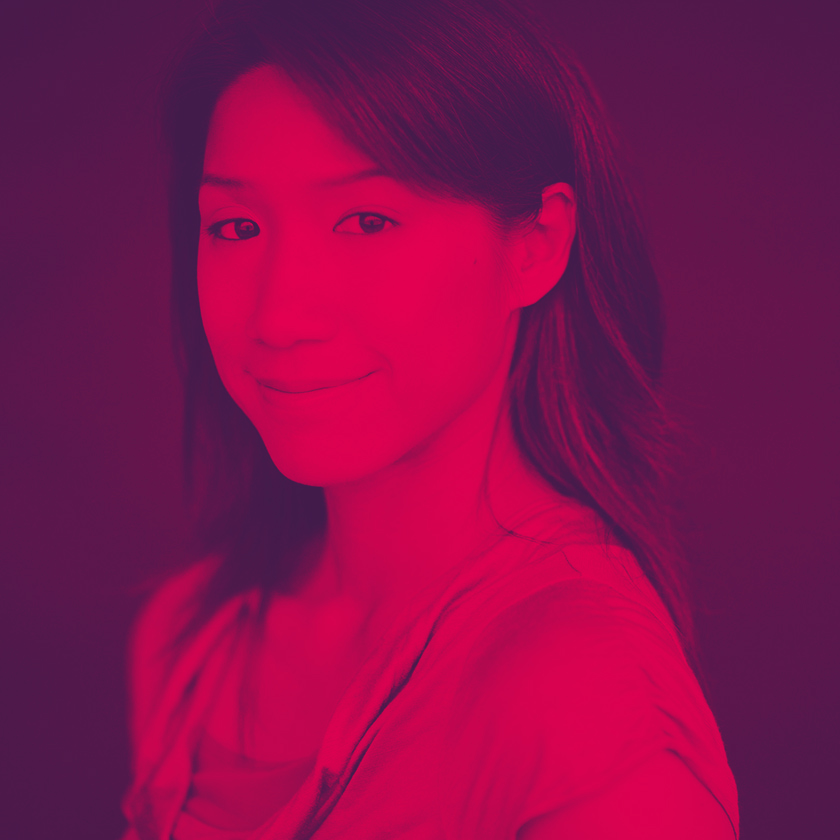A different perspective — Design better AR (Augmented Reality) products with blind young adults
talk – 15 min | Feb 7 – 11:00
We often associate Augmented Reality with visual effects. With the inclusive design approach, we confirmed that the bias is on our end. The blind community opened our mind and gave us insight that we wouldn’t have thought about.
When Blippar decided on a target audience for their Augmented Reality (AR) product, we ran an elaborate research study to learn about young people’s perspectives on technology. Since AR was such a visual bias technology, I also wanted to see what would the blind community thought about it. We ended up partnering with the youth leadership program from a non-profit organization called San Francisco LightHouse for the Blind and Visually Impaired.
In this talk, I’ll talked about how we designed the study, selective insights we gathered from the young adults, and the unique perspectives from the blind community. I’ll compare the differences between the blind and the sighted group. Inspired by these findings, the product design team recommended a series of new design directions.
Inclusive design was not meant to address a specific group of users, and to design special accessibility features. It is meant to see a different perspective from a unique user group, and gather new insights to innovate for the mainstream product. In this case, an AR product.
About the speaker

Carina Ngai
I thrive in chaos, especially when things are not well-defined. With ambiguity, comes possibilities, as well as responsibilities. I am on a quest to define “the future of X”: always iterating and designing the design research process. For the last 2 years, I have been the Product/UX Design Lead at Blippar, an augmented reality platform that enables users to interact with physical objects in the digital world. Throughout my career, I’ve helped to launch many successful products from zero to MVP in various domains. Among them were Google, Netflix, Samsung, and Adobe. I am also active in the design community and often speak about the practice of design research, interaction design, and inclusive design, in various design conferences such as IXD, World Information Architecture Day, UX Summit, and SXSW Interactive.
























